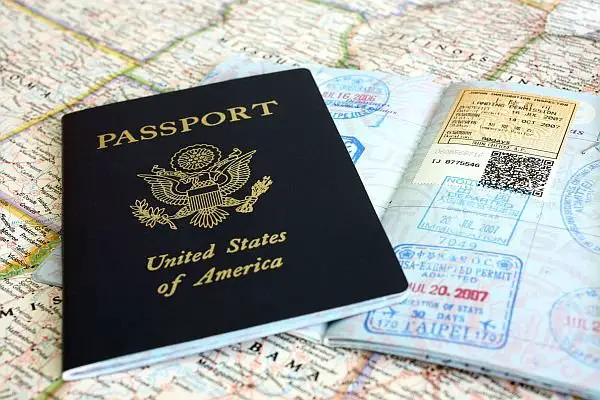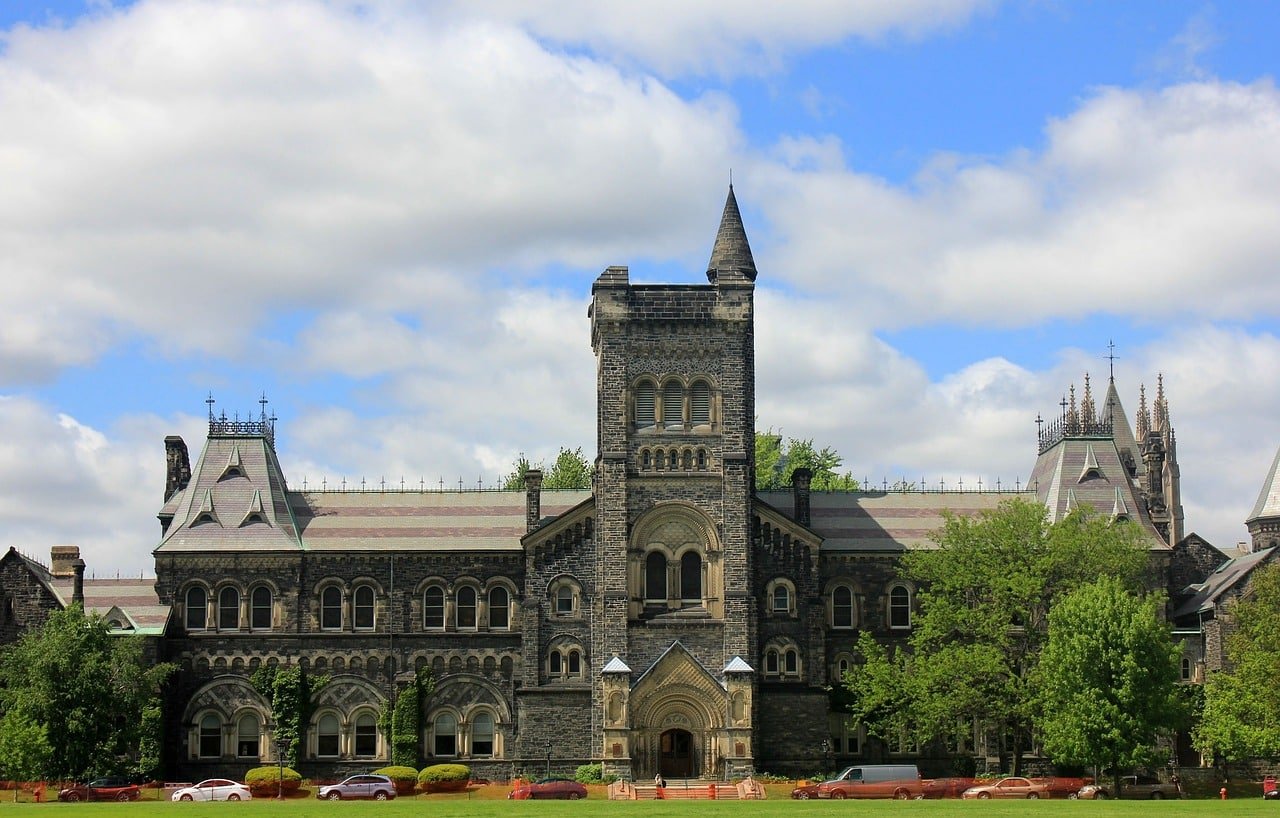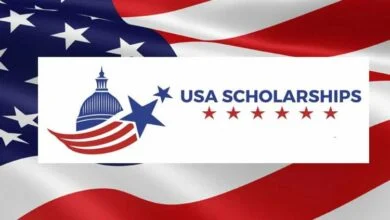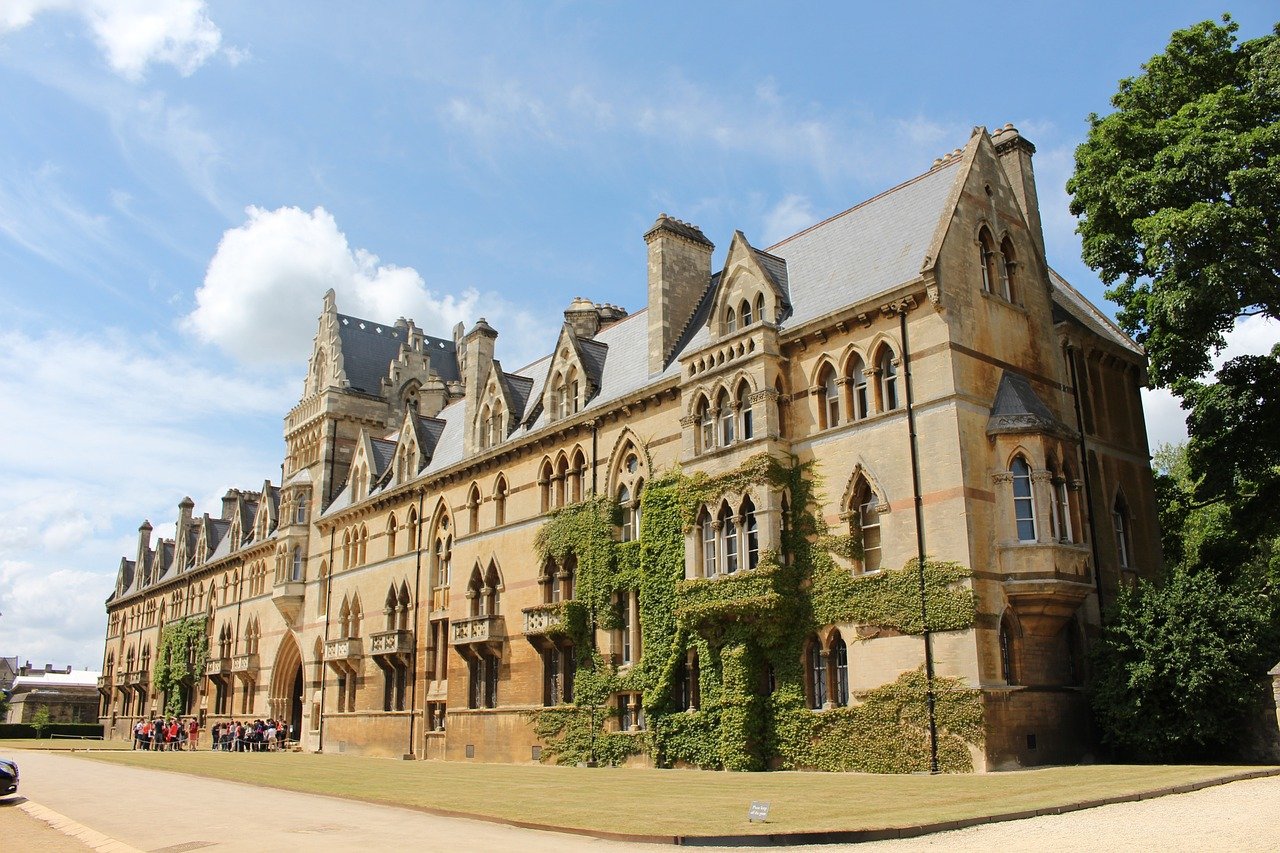Best 5 American Visas for International Students

This article unveils the best 5 American visas for international students. Although, there are several American visas such as the visitors visa tagged B1 for business oriented individuals and B2 for the tourist, exchange visitors visas tagged J1 and Q visa respectively. Also, there are temporary and permanent work visas among others.

Photo credit: Thomas Cook
There is no doubt that the United State of America (USA) attracts a handful of international students because of the quality of education offered and the possibility of employment upon the completion of first degree. In view of this, the US government offers various study and exchange visas. This article should guide you on all you need to know about American visas for international students.
List of the Best 5 American Visas for International Students
The best 5 American visas for international students reviewed in this article are in order based on:
i. How fast and easy it is to get
ii. Whether one can study and work at the same time, and
iii. Whether one can study and invite friends or family
The following are the best 5 American visas for international students
F-1 Visa
This is one of the best 5 American visas for international students. It is an academic Visa issued to students attending an academic or language proficiency program (English language program). F-1 visa is the most common among international students studying in America.
Students who hold F-1 visas maintain minimum course loads as full-time students.
One of the benefits of F-1 visa to part-time students is such that it allows students to work on-campus for not more than 20 hours per week.
However, with an F-1 visa, students can have an Optional Practical training (OPT job) for not more than a year after the completion of an academic program.
F-1 Visa Eligibility
Candidate must meet the following criteria to be eligible for F-1 visa
- You must be an international student.
- You must be admitted into an American institution.
- You must be a full-time student.
- You possess a certificate of English Language proficiency test such as TOEFL or IELTS.
- You must provide a proof of financial stability
- You must have strong ties with your home country.
How to Apply for F-1 Visa
The stages involved in applying for an F1 visa are as follows:
- Have your admissions documents from the SEVP institution.
- Apply online with the DS-160 form.
- Payment for application
- Payment fee for SEVIS I-901.
- Set a date for the F-1 visa interview.
- Submit the file with the required F-1 visa documents.
- Attend the student visa interview.
2. M-1 Visa
Students pursuing vocational education in the US must apply for an M-1 visa. Vocational studies include cooking classes, technical courses, mechanical classes, aviation school, and cosmetology.
Since there is no cap on the M-1, any student who satisfies the requirements may be issued a visa without any limitations on the number of recipients.
Who can Apply for M-1 Visa
Only some people can apply for or be granted an M-1 visa to pursue a vocational degree. There are prerequisites that must be satisfied to be eligible to apply for and be given an M-1 visa. These are:
i. You must be an international student.
ii. You must be admitted into an American institution.
iii. You possess a high score in a Language proficiency test such as TOEFL or IELTS.
iv. You must provide proof of financial stability.
v. You must have strong ties with your home country.
How to Apply for M-1 Visa
The stages involved in applying for an M-1 visa are as follows:
- Have your admissions documents from the SEVP institution.
- Apply online with the DS-160 form.
- Payment for application
- Payment fee for SEVIS I-901.
- Set a date for the M-1 visa interview.
- Submit the file with the required M-1 visa documents.
- Attend the student visa interview.
3. J-1 Visa
You may only apply for this two-year exchange visa if you have already applied to a programme under this category. If you intend to work briefly, such as an au pair, work and travel, or as a temporary scholar, you can apply for a J-1 visa. Select the appropriate visa category among the various J-1 visa categories available depending on the programme.
Read also:
Commonwealth Scholarship for International Students
Rotary Scholarship for Universities Students
Best 10 Universities in Canada for International Students
J-1 visa has several categories one can choose from depending on ones’ exchange program intent. The table below the categories and requirements of J-1 visa which makes it to be one of the best 5 American visas for international students
| S/N | Categories | Requirements |
|---|---|---|
| 1 | Au pair and educare | You must be between 18 and 26 years old, have high spoken English, and have completed your secondary education to qualify for a J-1 visa as an au pair. You will be assigned to a host family as an au pair for 12 months, allowing you to renew your visa for another 6, 9, or 12 months. To be better prepared, you will go through a training programme on working with children before you begin your job with the host family. |
| 2 | Camp Counselor | You must be at least 18 years old and possess sufficient English language proficiency to communicate with campers to qualify for the camp counsellor category. You will be paid and given the same perks as your American coworkers while working in the camp. |
| 3 | Government Visitor | Suppose you are chosen by a US federal agency or local government to participate in numerous activities to improve your relationship with America. In that case, you can apply for this category of the J-1 visa. During this period, you can participate in workshops, talks, consultations, professional meetings, and observation excursions. |
| 4 | International visitor | To qualify for a J-1 visa, the US Department of State must choose you. You must engage in consultations, observations, research, training, or skill demonstrations as a foreign visitor and be a recognised expert in a particular field. |
| 5 | Intern | You must either be enrolled in or have just graduated from a university or certificate-granting post-secondary academic institution outside of the US to be eligible for a J-1 visa under the intern category. Only a few select fields, including the following, offer internships: fisheries, forestry, and agriculture: culture and the arts, building and construction trades. The related fields include social sciences, counselling, library science, and education. Jobs in the Health Sector. Accommodations and travel. Media and communications for information.Business, management, commerce, and finance. Law, public administration, and the fields of science, technology, engineering, and mathematics, as well as industrial occupations. |
| 6. | Students; institution | It would be best to be sponsored for a student J-1 visa and have your stay financially supported by your home government, the US government, or both countries. Typically, you are permitted to stay for up to two years, although the length of time depends on the programme in which you are enrolled. |
| 7 | Students; secondary | You must be at least 15 years old to qualify for this visa, but you must be at most 18 years and six months when the programme begins. Additionally, you must have completed less than 11 years of primary schooling, excluding kindergarten, and you can’t have previously taken part in a similar programme while on an F-1 or J-1 visa. |
4. Q-1 Visa
A Q-1 visa is a cultural exchange visa that enables you to work in the US while also allowing you to interact with Americans and share your customs and culture with them. You must apply for a programme run by the US Citizenship and Immigration Services (USCIS) to obtain a Q-1 visa.
For foreign tourists participating in a cultural exchange programme, the Q1 visa enables them to work temporarily in the United States. These participants can introduce Americans to their culture and traditions through their profession.
The Q1 visa holder will participate in training programmes that their US company provides while in the US. They will have the chance to learn new things, develop their talents, learn about US culture, and share their country’s history and traditions with US inhabitants. This programme will boost cultural variety and information sharing between the US and other nations in a mutually beneficial way.
The fundamental distinction between the J-1 and Q1 visas is that the US Department of State handles the J-1 visa programmes, whilst USCIS runs the Q1 visa programmes. As a result, USCIS is where all Q1 visa procedures must be processed.
The Q1 visa has no cap, so if you can locate a cultural exchange programme in the US that will hire you and meet the eligibility requirements, you should have no trouble getting the visa.
Contrast the Q1 visa with the Q-2 Walsh Programme Visas, which permit 4,000 Republic of Ireland and the Northern Isles citizens to spend 36 months studying and working in the US.
5. H-3 Visa
The H-3, also known as a trainee or unique education visitor, is another category of US employment visa. This kind of visa is for foreign nationals who desire to go to the US for training or special education for a predetermined time.
The H-3 visa allows its bearer to enter the nation and enrol in any training programme that will accept them at the institution of their choice. The applicant must enrol in a training programme not offered in their native country to qualify for this visa.
The training programme must be practical and give the applicant more advanced skills; it cannot be a full academic degree or medical training. The candidate must acquire these new abilities and demonstrate that they will use them when they return to their native nation. The applicant should be able to grow in their job thanks to the training programme.
FAQs
Which US visa is best for international students?
F-1 visa
F Visa. The most common type of US visa that international students are given is the F-1 visa. It’s for full-time students who intend to pursue an academic degree at an accredited US college or university or to study English at an English language institute.
Which student visa is fastest in the USA?
The US student visa (F-1 visa) is one of the fastest visas to process. In fact, the study permit is often processed directly before your embassy interview.
Which visa is easier to get for the USA?
A citizen of a foreign country who wishes to enter the United States must, in most cases, first obtain a visa to do so. This can be either a nonimmigrant visa for a temporary stay or an immigrant visa for permanent residence. For many, a “B” visitor visa is the easiest and most appropriate one to get.
Can I change my F-1 visa to a green card?
To adjust your status from an F-1 student visa holder to a green card holder, you may: self-petition for an EB-1 visa, receive the sponsorship of your employer, adjust your status to a dual-intent visa, become an investor, or marry your love interest who happens to be a U.S. citizen or a lawful permanent resident.



